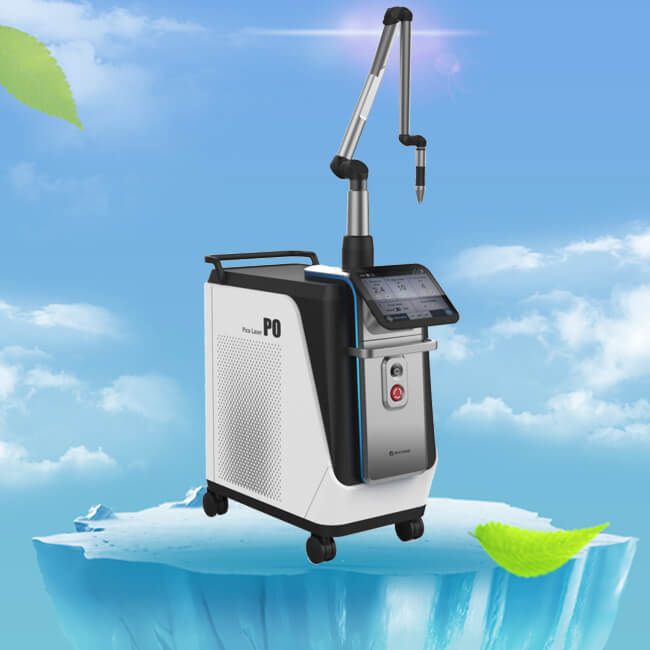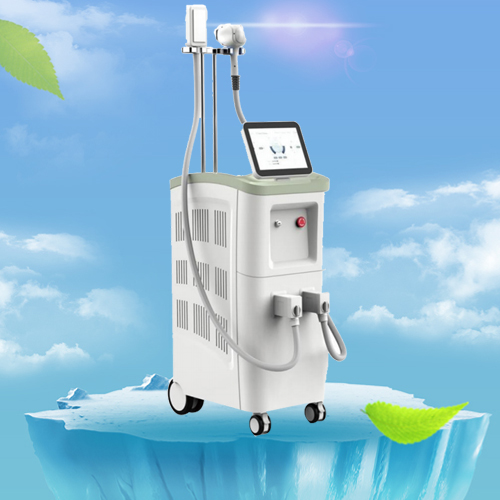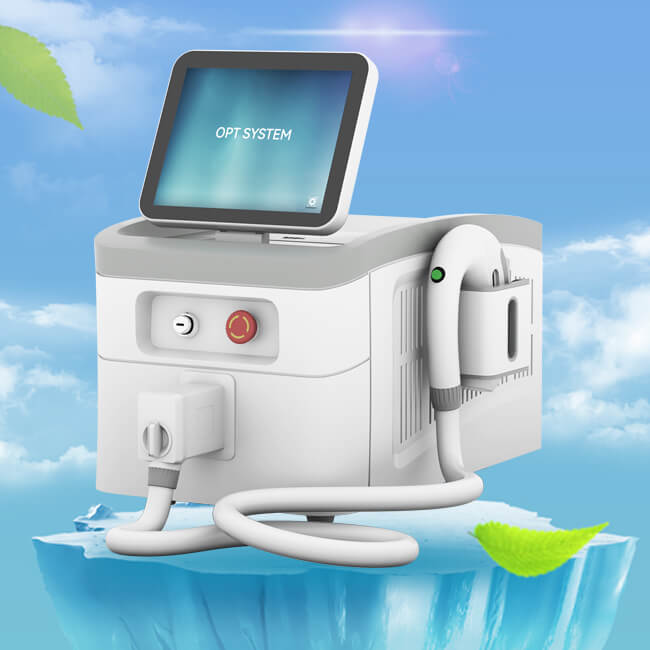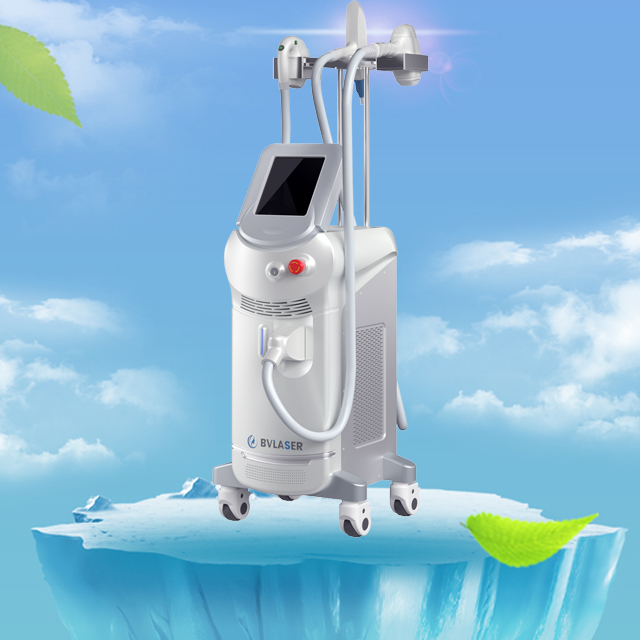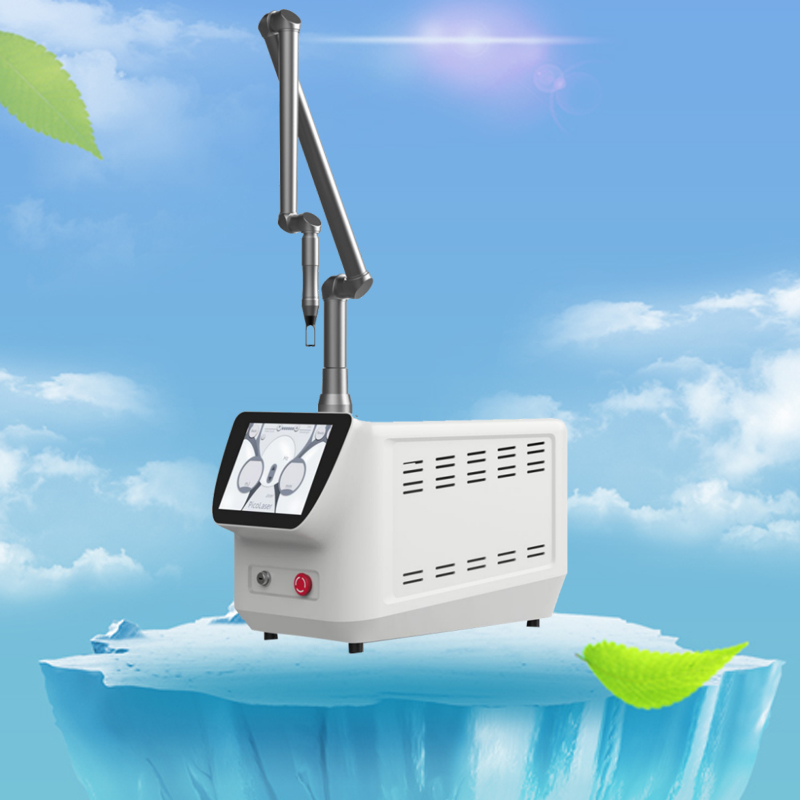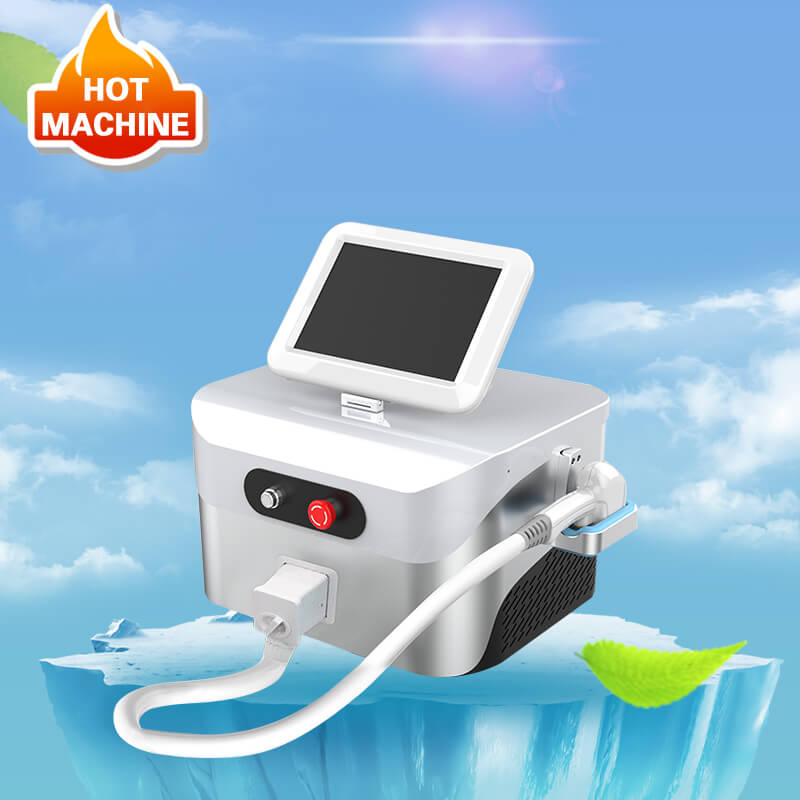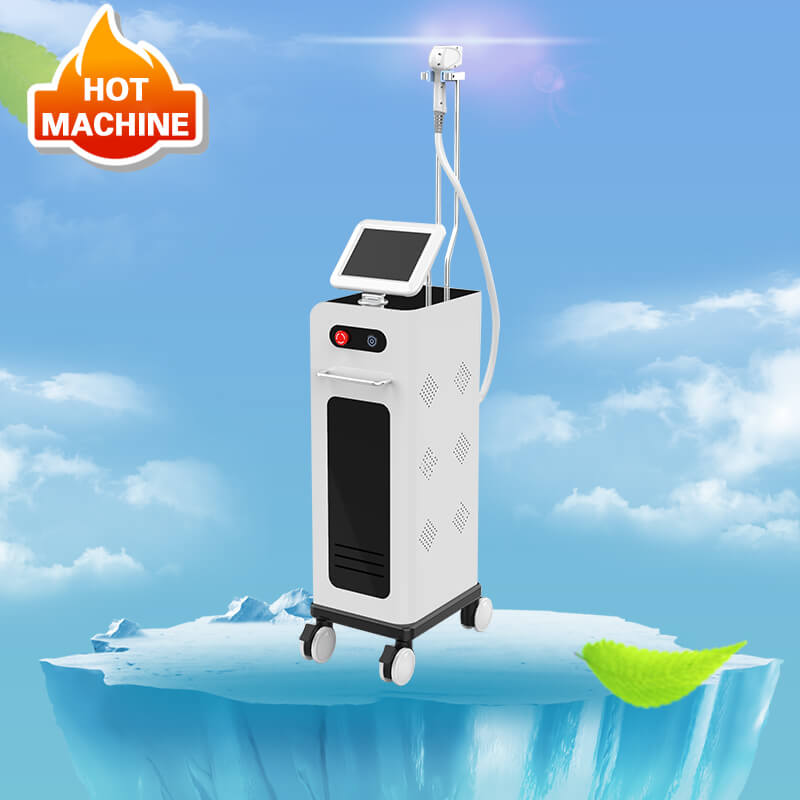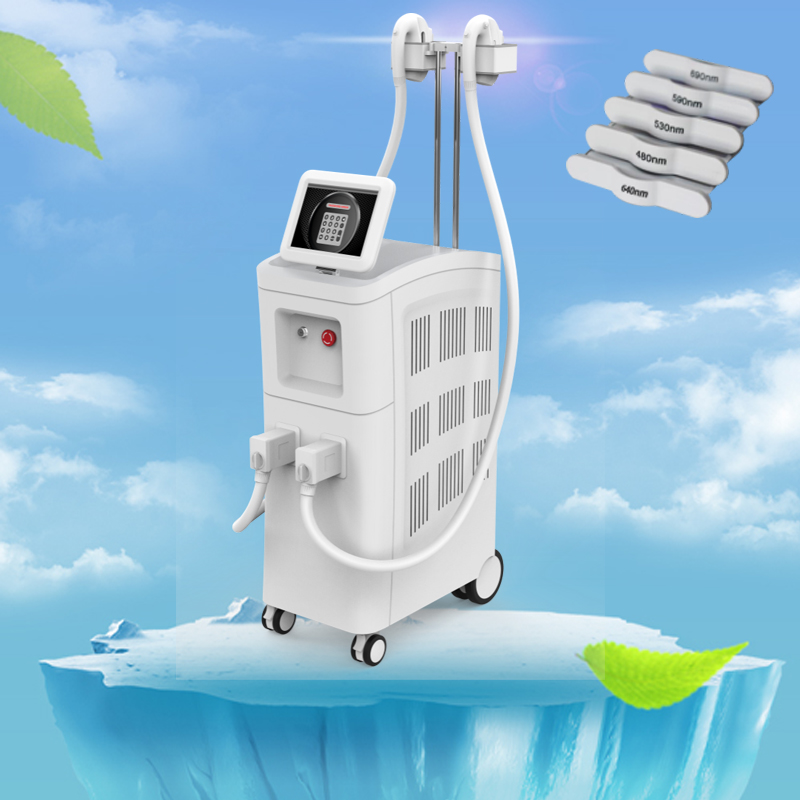What is the difference between HIFU and RF?
Author:baishilf Time:2023-12-12 15:02:40
The best HIFU machine professional that use high-intensity focused ultrasound to stimulate collagen production and improve the appearance of wrinkles, sagging skin, and body contours. They are non-invasive and painless alternatives to facelifts and other cosmetic surgeries.

There are many HIFU machines available on the market, but not all of them are safe, reliable, and effective. Some factors that you should consider when choosing a HIFU lifting machine are:
1. The number and depth of cartridges: Different cartridges can target different layers of the skin, from 1.5mm to 13mm. You should look for a HIFU machine that has multiple cartridges that can treat various areas of the face and body, such as the eyes, mouth, chin, forehead, abdomen, buttocks, and thighs.
2. The shot speed and energy: The shot speed and energy determine how fast and how powerful the ultrasound waves are delivered to the skin. A faster shot speed means less discomfort and shorter treatment time for the patient. A higher energy means more effective results and longer-lasting effects.
3. The quality and reputation of the HIFU machine manufacturer: You should avoid cheap imitation and dodgy home-use HIFU devices that may not have proper certification, quality control, or after-sales service. You should look for a reputable and professionalHIFU machine manufacturer that has a proven track record of producing high-quality high intensity focused ultrasound HIFU machines.

What is the difference between HIFU and RF?
HIFU and RF are both non-invasive skin tightening treatments that use different technologies to heat the deep tissues of the skin. The main difference between them is that HIFU delivers more precise and intense fractional ultrasound energy to the SMAS layer, which is the muscle layer that supports the facial structure. RF, on the other hand, uses a bulk heating strategy that reaches the epidermal and dermal layers, which are the outer and middle layers of the skin. HIFU can go deeper into the skin than RF and can also melt fat, while RF is better for addressing volume loss and delicate areas.
Some other differences between HIFU and RF are:
1. HIFU usually requires one treatment session, while RF may require multiple sessions for optimal results.
2. HIFU has a longer downtime and recovery period, while RF has minimal or no downtime.
3. HIFU may cause more discomfort and pain during and after the treatment, while RF is generally more comfortable and tolerable.
4. HIFU is more expensive than RF, but may have longer-lasting effects.
Both HIFU and RF have their own advantages and disadvantages, and the best choice depends on your skin type, condition, and goals. You should consult with a qualified professional before deciding which treatment is right for you.

Can I combine HIFU and RF for better results?
Yes, you can combine HIFU and RF treatments for better results. By combining HIFU and RF treatments, you can target different layers of the skin simultaneously, maximising the benefits of both techniques. While HIFU primarily focuses on the deeper layers of the skin, RF treatments can further enhance the results by targeting the superficial layers. Combining these procedures may offer additional benefits, such as:
1. Faster and more visible results
2. Improved skin texture and tone
3. Reduced downtime and side effects
4. Increased patient satisfaction and retention
However, combining HIFU and RF treatments may also have some drawbacks, such as:
1. Higher cost and complexity.
2. Increased risk of complications and adverse reactions.
3. Need for careful patient selection and assessment.
4. Lack of standardised protocols and guidelines.
Therefore, it is important to consult with a qualified professional doctor before deciding to combine HIFU and RF treatments. They can help you determine the best approach for your skin type, condition, and goals.





